Collection
Theme
- Sexual exploitation
- Forced labour
- Children
- Domestic slavery
- Armed Conflict
- Forced marriage
- Trafficking
- Debt bondage
- Women
Country
- United Kingdom (slavery location)
- Eritrea (slavery location)
- Eritrea (trafficked from)
- China (slavery location)
- Mauritania (slavery location) 20 More
Date
Type
68 results
VOICES: Narratives by Survivors of Modern Slavery
This is the world's largest archive of modern slavery survivor narratives. Across more than a million words spoken or written by survivors of modern slavery, we can see why slavery persists in particular hotspots, analyse patterns in trafficking routes, identify vulnerabilities, understand more about the challenges survivors face in liberation, and discover new antislavery solutions. These narratives offer the chance to systematically design new antislavery strategies based on the experiences, ideas and solutions of enslaved people themselves.
The database is searchable by country, name, theme, and narrative date. Narratives can be viewed in list or map form. A short introduction provides context to each narrative. Narrative provenance appears after the main narrative text.
For ideas on how to use this database, please see our accompanying guide.
Project Lead: Zoe Trodd. Team Members: Andrea Nicholson, Lauren Eglen, Rosemary Pearce, Olivia Wright.
Project Funders: AHRC Antislavery Usable Past grant (2014-19), ESRC/AHRC PaCCS Modern Slavery: Meaning and Measurement grant (2016-19), and AHRC-GCRF Antislavery Knowledge Network grant (2017-2021).
For any queries about the collection please contact: [email protected]. If you wish to cite a particular narrative, please acknowledge the survivor’s name, the provenance of the narrative and cite: Voices Database, the Rights Lab, University of Nottingham.

Grace
Grace was educated until the 10th grade in Nigeria, after which she was sent to work to help support her family, who lived in poverty. She worked for three years at various jobs, during which time she was raped and gave birth to a son. Her father told her that as a woman, she was “predestined by…
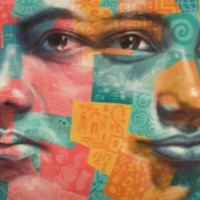
Htay
In March 2013, 14 victims aged between 16 and 46 years, and all from Myanmar, were rescued by local police from a fishing port and processing factory in Kantang where they were being held by brokers. Most of the victims had just returned from six months at sea, on three separate fishing vessels.…
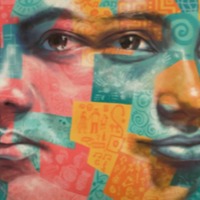
Hung
Cases of modern slavery have been uncovered in diverse sectors and locations of the United Kingdom—from Vietnamese children locked into Manchester flats to grow cannabis to Albanian women and girls sexually exploited in the London sex industry, and to the hundreds of men working low or…
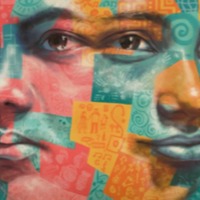
Idora
The UK National Crime Agency estimates 3,309 potential victims of human trafficking came into contact with the State or an NGO in 2014. The latest government statistics derived from the UK National Referral Mechanism in 2014 reveal 2,340 potential victims of trafficking from 96 countries of origin,…
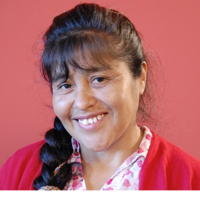
Josefa
Josefa Condori Quispe left her small village in Peru at age 9 to work as a maid in Lima. After spending much of her life as a house slave, she managed to get an education and escape domestic servitude. She founded Yanapanakusun to fight the root causes of slavery, and she runs a shelter for young…
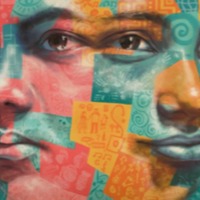
K
When K.’s pimp took her for the first time to “work” in a brothel in Bremen, K. began crying and refused to cooperate, and he took her back to their hometown in Bavaria. However, after continued abuse paired with affection, he soon succeeded in prostituting K. in apartments and various legal…
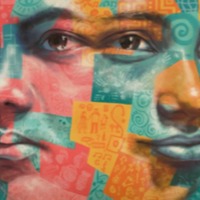
Kolab
Kolab does not know who her real parents are. She studied to grade 5, then was forced to worked as a family servant, in a karaoke bar, and to sell drugs and sex. After eventually escaping successfully she tried to find work outside of the sex industry but could find no work, and so began work in a…
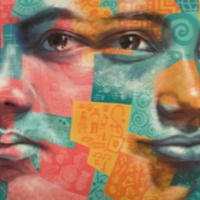
Kyi
In March 2013, 14 victims aged between 16 and 46 years, and all from Myanmar, were rescued by local police from a fishing port and processing factory in Kantang where they were being held by brokers. Most of the victims had just returned from six months at sea, on three separate fishing vessels.…

Duyen
The Global Slavery Index 2018 estimates that on any given day in 2016 there were over 3.8 million people living in conditions of modern slavery in China. Included in the types of slavery prevalent in China is forced labour, with China's unprecedented rise to the world's second largest economy and…
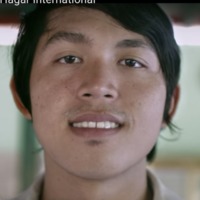
Saray
There are an esimated 24.9 million people living in conditions of modern slavery in Asia and the Pacific (GSI 2018). The region had the second highest prevalence of modern slavery in the world. Men, women and children are subjected to numerous forms of exploitation, including sexual exploitation,…
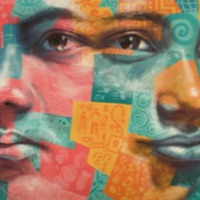
Elena
The Global Slavery Index 2018 estimates that on any given day in 2016, an estimated 3.6 million men, women and children were living in modern slavery in Europe and Central Asia. People are subjected to exploitation in forced labour, debt bondage and forced sexual exploitation. Government response…
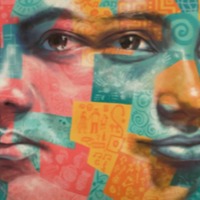
Samantha A
There are an estimated 403,000 people living in modern slavery in the United States (GSI 2018). Sex trafficking exists throughout the country. Traffickers use violence, threats, lies, debt bondage and other forms of coercion to compel adults and children to engage in commercial sex acts against…
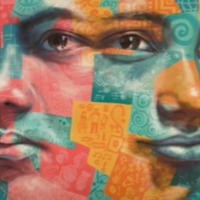
AK
There are an estimated 10,000 people living in modern slavery in Hong Kong (GSI 2018). Approximately 370,000 foreign domestic workers, primarily from Indonesia and the Philippines, work in Hong Kong; some become victims of forced labour in the private homes in which they are employed. An NGO report…
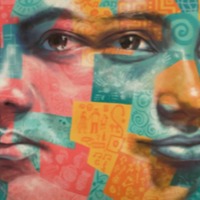
Marlene
There are an estimated 403,000 people living in modern slavery in the United States (GSI 2018). Sex trafficking exists throughout the country. Traffickers use violence, threats, lies, debt bondage and other forms of coercion to compel adults and children to engage in commercial sex acts against…
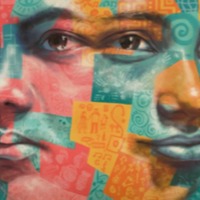
Segen
There are an estimated 451,000 people living in modern slavery in Eritrea (GSI 2018). The small country has a unique system of compulsory, open-ended military service for citizens that makes it one of the most oppressive states in the world. The government has enforced its current policy of sending…
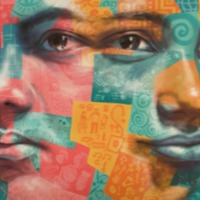
Suliman
There are an estimated 451,000 people living in modern slavery in Eritrea (GSI 2018). The small country has a unique system of compulsory, open-ended military service for citizens that makes it one of the most oppressive states in the world. The government has enforced its current policy of sending…
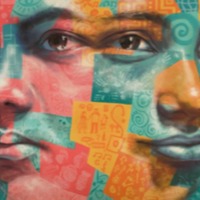
Binyam
There are an estimated 451,000 people living in modern slavery in Eritrea (GSI 2018). The small country has a unique system of compulsory, open-ended military service for citizens that makes it one of the most oppressive states in the world. The government has enforced its current policy of sending…
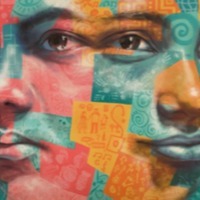
Adaku
There are an estimated 1,386,000 people living in modern slavery in Nigeria (GSI 2018). Since 2009, Nigeria’s homegrown Islamist insurgent movement, Jama’atu Ahlis Sunna Lidda’awati wal-Jihad, popularly known as Boko Haram, which means “Western Education is Forbidden,” has waged a violent…
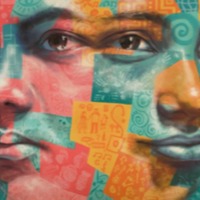
Sarah B
There are an estimated 136,000 people living on conditions of modern slavery in the United Kingdom (Global Slavery Index 2018). According to the 2017 annual figures provided by the National Crime Agency, 5, 145 potential victims of modern slavery were referred through the National Referral Mechanism…
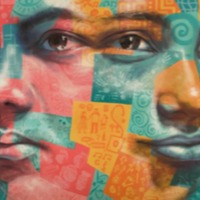
Francis Bok (Narrative 2)
There are an estimated 465,000 people living in modern slavery in Sudan (GSI 2018). Traffickers exploit foreign and domestic victims in the country. Migrant children from West and Central Africa are exploited in forced labour for begging, public transportation, large markets and sex trafficking.…